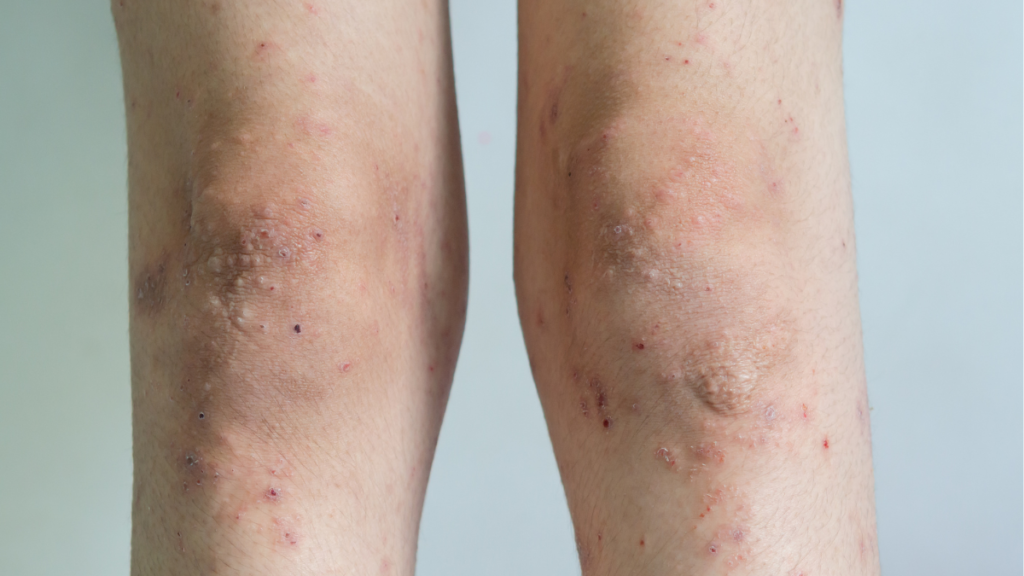This article is all about hives, which are those red, itchy bumps that can show up on your skin due to allergic reactions. They might make you scratch your head. The symptoms include bumpy and itchy rashes. People are curious about things like how to get relief from them and how long they stick around. Hives can happen because of allergies to things like medicines, foods, stress, and more. Figuring out the cause is like solving a little mystery. Doctors use your history and a checkup to figure out what’s going on. To make things better, there are treatments like special medicines to calm down the reaction. Remember, it’s always smart to chat with a doctor for the best advice!
Table of Contents
Hives, also known as urticaria, is a skin condition characterized by red, itchy bumps on the skin resulting from allergic reactions within the body. This article provides an overview of hives, including their symptoms, causes, and available treatments.
Symptoms Of Hive:
Hives manifest as itchy rashes and raised bumps on the skin. These red, elevated patches of rash can appear anywhere on the body, with varying sizes and durations. The discomfort ranges from burning sensations to stinging.
Curiosity and Common Queries:
People often search for information related to allergic reaction hives, hives on the skin, relief from hives, and the duration of hives.
Causes of Hives:
Hives occur due to allergic reactions, but the exact triggers are often unknown. They can be prompted by various factors, including infections, allergies to medications, insect bites, food, stress, cold temperatures, and vibration.
Diagnosis of Hives:
Medical professionals diagnose hives through a combination of patient history and physical examination. Patch testing may also be employed to identify specific allergens.
Available Medications:
- Antihistamines: These drugs reduce hives symptoms and include options like loratadine, fexofenadine, cetirizine, and desloratadine.
- Corticosteroids: These help in reducing swelling and itching. Prednisone is a common corticosteroid used for hives treatment.
- Histamine (H-2) Blockers: These are used when antihistamines are ineffective. Examples include cimetidine, ranitidine, and famotidine.
- Monoclonal Antibodies: In challenging cases of hives, monoclonal antibodies like omalizumab can be effective.
- Leukotriene Receptor Antagonists: Drugs like montelukast prevent histamine release from mast cells.
Hives, or urticaria, is a skin condition characterized by itchy red bumps caused by allergic reactions. While hives can be triggered by various factors, their exact causes are often unknown. Diagnosing hives involves considering patient history and performing physical exams. Effective treatments, including antihistamines, corticosteroids, and other medications, help manage symptoms and provide relief from discomfort. It’s important to consult a medical professional for accurate diagnosis and treatment recommendations.
